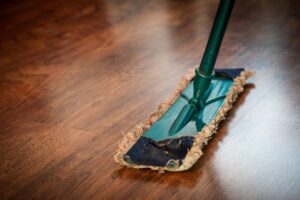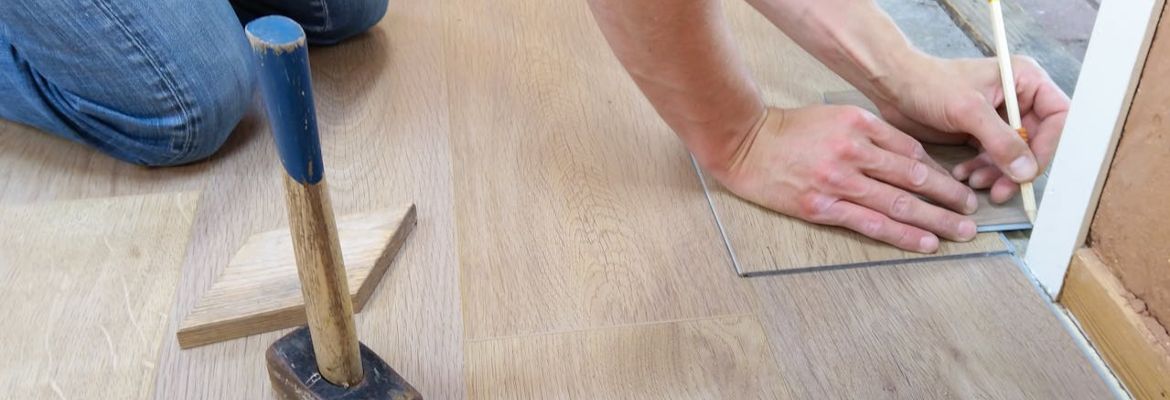Installing hardwood floors in a split-level home can transform your space, adding beauty and value. But with multiple levels and varying floor heights, it’s not as simple as laying down planks in a typical room. After a move, hardwood installation in split-level homes comes with unique challenges. Understanding these steps will help you get the best results. In this article, we’ll walk you through the process, from preparing your new home to maintenance so you can enjoy your new hardwood floors for years to come.
Take Care of the Move First
A well-prepared move is crucial, especially when relocating valuable items like hardwood furniture. In U.S. states like Idaho, where homes are often built on uneven land or have shifting foundations, the process can be more complex. Homes with split levels or older designs can present additional challenges, such as narrow spaces or uneven floors. That’s why it’s important to know how to prevent property damage during the move. One good option is to hire experienced movers who understand how to navigate tricky layouts and protect your floors, ensuring everything arrives in perfect condition.
Why Hardwood Floors Make Sense for Split-Level Homes
Hardwood floors are a smart choice for split-level homes because they’re both durable and versatile. These homes often experience heavy foot traffic, especially with multiple levels, and hardwood can stand up to that wear and tear. Unlike carpet, hardwood doesn’t trap dirt, dust, or allergens, making it a cleaner and healthier option. It’s easy to maintain—just regular sweeping and occasional mopping are all it takes to keep it looking great.
Beyond the practical benefits, hardwood adds timeless appeal to any room in a split-level home. Whether it’s the living room, hallway, or even the stairs, hardwood complements a variety of interior styles. It also increases your home’s value, making it more attractive to future buyers. With proper care, hardwood floors can last for decades, which makes them a long-term investment that pays off in the end.

Key Challenges in Hardwood Installation for Split-Level Homes
Installing hardwood floors in split-level homes presents a few unique challenges. These homes often require extra attention due to their layouts. Here are the key challenges to keep in mind:
- Uneven floors: Sloped or uneven floors are common in split-level homes, often requiring leveling before installation.
- Multiple levels: Managing stairs and varying floor heights can make it hard to achieve a consistent look.
- Transitioning between rooms: Connecting different levels and rooms seamlessly can be tricky, especially with varying angles and floor heights.
- Obstacles like doorways and vents: Split-level homes often have many doorways and vents that may require special cuts or transitions.
While these challenges can complicate the process, they’re manageable with the right planning and preparation.
Planning Hardwood Installation in Split-Level Homes
Proper planning is key to a successful hardwood installation. Here’s what to keep in mind before starting:
- Choose the right hardwood: Opt for hardwoods like oak or maple for durability or engineered wood for uneven floors. Pick a style that complements your home.
- Check the subfloor: Ensure the subfloor is in good condition. You may need to level or repair it before installation.
- Measure carefully: Accurate measurements are vital, especially with multiple levels and transitions between rooms.
- Consider moisture levels: Ensure proper humidity control in your home, especially in lower levels, to prevent warping.
- Set a budget: Factor in costs for materials, labor, and any necessary repairs or tools.
With the right planning, your hardwood installation will go smoothly and look great for years.
The Installation Process in Split-Level Homes
Start by allowing the hardwood planks to acclimate to the room’s temperature and humidity for 48 hours. Then, check the subfloor for any uneven areas or damage and level it if needed. Begin laying the planks from the farthest corner of the room, working toward the door.
In split-level homes, special care is needed for stairs and transitions between levels. Precise cuts are often required for a smooth flow. If you’re doing it yourself, make sure you have the right tools like a saw, nail gun, and spacers. If hiring a professional, choose one experienced with split-level homes. Once the planks are in place, install transition pieces and trim, then clean the floors and let them settle before moving furniture back in.

Costs and Budgeting for Hardwood Installation
When budgeting for hardwood installation, there are a few key factors to consider. The cost of materials varies depending on the type of wood you choose. Oak or maple can be more expensive, while engineered wood or laminate may be more affordable. Higher-quality, thicker planks tend to cost more but offer greater durability and longevity.
Labor costs are another significant factor. If you’re hiring a professional, the cost will depend on the complexity of the project, such as working with stairs, uneven subfloors, or multiple transitions. Don’t forget to account for additional expenses, like subfloor repairs, tools, and finishing materials.
To stay within budget, it’s important to get a clear estimate for materials and labor upfront. Setting aside some extra funds for unexpected costs will help you avoid surprises during the installation process.
Tips for Maintaining Your New Hardwood Floors in a Split-Level Home
To keep your hardwood floors looking great in a split-level home, follow these essential maintenance tips:
- Clean regularly: Sweep or vacuum to remove dust and dirt that can scratch the surface.
- Use the right cleaning products: Avoid harsh chemicals and use cleaners made for hardwood floors.
- Control humidity: Keep humidity levels consistent to prevent warping or shrinking of the wood.
- Protect high-traffic areas: Use rugs or mats in entryways, hallways, and stairs to reduce wear.
- Fix spills immediately: Wipe up spills right away to prevent water damage.
By following these tips, your hardwood floors will stay beautiful and last for years.

Wrapping Up Your Hardwood Installation Journey
Installing hardwood in a split-level home can transform your space with timeless beauty and durability. While hardwood installation in split-level homes presents its unique challenges, proper planning and preparation will ensure the process goes smoothly. From selecting the right materials to maintaining your floors, each step plays a role in getting the most out of your investment. Whether you’re a homeowner looking to upgrade or simply enhance the warmth of your home, hardwood floors provide long-lasting value and charm. With the right care, your new floors will shine for years to come, making your split-level home even more inviting.
Images used:
https://www.pexels.com/photo/person-holding-pencil-1388944/
https://www.pexels.com/photo/white-couch-near-black-mat-259962/
https://www.pexels.com/photo/person-holding-dewalt-cordless-hand-drill-1249610/
https://www.pexels.com/photo/brown-wooden-floor-48889/

